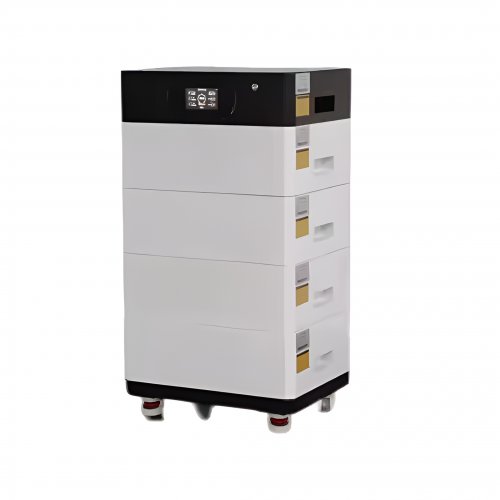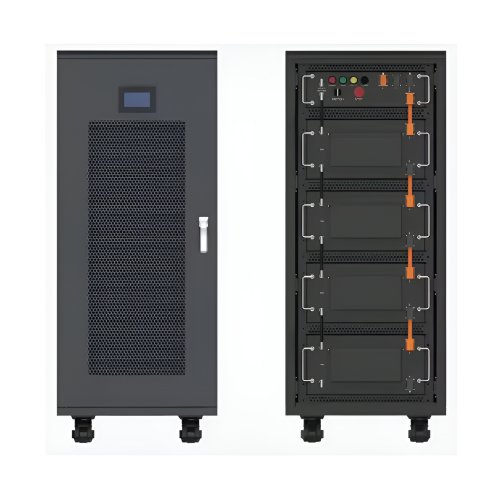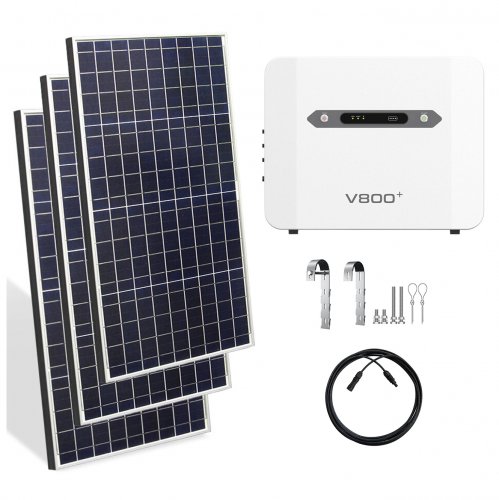How To Use Safety Precautions: A Comprehensive Guide To Risk Mitigation And Prevention
Safety precautions are not merely rules to follow but a fundamental mindset and systematic approach to preventing accidents, injuries, and damage in any environment, whether at home, work, or during recreational activities. Effectively implementing safety precautions involves understanding potential hazards, evaluating risks, and taking proactive measures to control them. This guide provides a detailed framework for integrating robust safety practices into your daily routines and specific tasks.
Understanding the Core Principles
Before diving into steps, it's crucial to grasp the hierarchy of hazard control, which forms the backbone of all effective safety precautions. This hierarchy prioritizes measures in the following order of effectiveness:
1. Elimination: Physically remove the hazard. 2. Substitution: Replace the hazard with a safer alternative. 3. Engineering Controls: Isolate people from the hazard (e.g., machine guards, ventilation systems). 4. Administrative Controls: Change the way people work (e.g., procedures, training, signage). 5. Personal Protective Equipment (PPE): Protect the worker with equipment (e.g., gloves, goggles, helmets).
The most effective precautions are at the top. Relying solely on PPE is the last line of defense, not the first.
A Step-by-Step Guide to Implementing Safety Precautions
Step 1: Conduct a Thorough Risk Assessment You cannot mitigate a risk you are unaware of. Begin by identifying all potential hazards associated with a task, tool, or environment.Action: Walk through the area or mentally walk through the task. Look for physical hazards (e.g., trip hazards, exposed wires), chemical hazards (e.g., cleaning products, fuels), biological hazards (e.g., mold, bacteria), and ergonomic hazards (e.g., repetitive strain, poor posture). Consider both routine and non-routine activities.
Step 2: Evaluate and Prioritize the Risks Determine the severity and likelihood of each identified hazard. A high-severity, high-probability risk requires immediate attention.Action: Use a simple risk matrix. Rate the potential severity of an incident (from "Minor" to "Catastrophic") and its probability (from "Unlikely" to "Very Likely"). Focus your primary efforts on risks that score high in both categories.
Step 3: Apply the Hierarchy of Controls Develop and implement measures to control the risks based on the hierarchy.Action:Can the hazard be eliminated? (e.g., Removing a trip obstacle completely instead of marking it).If not, can it be substituted? (e.g., Using a less toxic chemical for cleaning).What engineering controls can be used? (e.g., Installing a guard on a saw, using a ventilation fan).What administrative controls are needed? (e.g., Establishing clear safe work procedures, scheduling breaks to prevent fatigue, posting warning signs).What PPE is required? (e.g., Safety glasses, cut-resistant gloves, hard hats, respirators). Ensure PPE is the correct type for the hazard and fits properly.
Step 4: Communicate and Train Precautions are useless if people don't know about them or how to apply them. Clear communication is essential.Action: Conduct training sessions on new procedures. Use clear signage to indicate hazards and required precautions (e.g., "Hard Hat Area," "Eyes Protection Required"). Hold pre-task meetings to discuss specific safety measures for a job. Encourage questions to ensure understanding.
Step 5: Utilize Tools and Equipment Correctly Misuse of tools is a major cause of accidents. Always use the right tool for the job and use it as intended by the manufacturer.Action: Before using any equipment, read the owner's manual. Inspect tools before use for damage (frayed cords, cracks, dull blades). Never remove safety features from tools. Keep tools clean, sharp, and well-maintained for optimal and safe performance.
Step 6: Maintain a Clean and Organized Workspace Good housekeeping is a fundamental and often overlooked safety precaution. Clutter can hide hazards and contribute to slips, trips, and falls.Action: Implement a "clean-as-you-go" policy. Ensure walkways and exits are always clear. Store materials and tools properly when not in use. Clean up spills immediately. Properly dispose of waste and recyclables.
Step 7: Prepare for Emergencies Even with the best precautions, emergencies can happen. Preparedness is a critical precaution itself.Action: Know the location of emergency equipment like fire extinguishers, first aid kits, and eyewash stations. Ensure you know how to use them. Have a clear emergency action plan that includes evacuation routes and assembly points. Keep emergency numbers easily accessible.
Step 8: Continuously Monitor and Improve Safety is not a one-time event but an ongoing process. Conditions and tasks change, and new hazards can emerge.Action: Regularly re-assess risks. Report any near-misses or hazards immediately—they are free lessons. Encourage feedback from everyone involved on how safety can be improved. Stay updated on best practices and new safety technologies.
Practical Operational Advice and Key ConsiderationsPPE is Personal: PPE must be individually assigned and fit correctly. Ill-fitting PPE can be as dangerous as wearing none at all.Complacency is the Enemy: Familiarity with a task can lead to shortcuts and ignoring precautions. Always follow the procedure, no matter how many times you've done the job.Stop When Unsafe: You have the right and responsibility to stop work if you believe conditions are unsafe. Never proceed without the proper precautions in place.Environmental Factors: Be aware of how conditions change. Rain can make surfaces slippery, wind can affect outdoor work, and temperature extremes can lead to heat stress or hypothermia. Adjust your precautions accordingly.Mental and Physical State: Never operate machinery or perform high-risk tasks if you are fatigued, stressed, or under the influence of medication or substances that impair judgment or reaction time.
Integrating these steps and tips into your approach transforms safety from a checklist into a culture. By consistently identifying hazards, applying the hierarchy of controls, and fostering a proactive mindset, you create a significantly safer environment for yourself and everyone around you. Remember, the goal of safety precautions is not to create fear, but to empower you to work with confidence and control.
Customized/OEM/ODM Service
HomSolar Supports Lifepo4 battery pack customization/OEM/ODM service, welcome to contact us and tell us your needs.


HomSolar: Your One-stop LiFePO4 Battery Pack & ESS Solution Manufacturer
Our line of LiFePO4 (LFP) batteries offer a solution to demanding applications that require a lighter weight, longer life, and higher capacity battery. Features include advanced battery management systems (BMS), Bluetooth® communication and active intelligent monitoring.

Customised Lithium Iron Phosphate Battery Casing
ABS plastic housing, aluminium housing, stainless steel housing and iron housing are available, and can also be designed and customised according to your needs.

HomSolar Smart BMS
Intelligent Battery Management System for HomSolar Energy Storage System. Bluetooth, temperature sensor, LCD display, CAN interface, UART interface also available.


Terminals & Plugs Can Be Customized
A wide range of terminals and plugs can be customised to suit the application needs of your battery products.

Well-designed Solutions for Energy Storage Systems
We will design the perfect energy storage system solution according to your needs, so that you can easily solve the specific industry applications of battery products.



About Our Battery Cells
Our energy storage system products use brand new grade A LiFePO4 cells with a battery lifespan of more than 4,000 charge/discharge cycles.



Applications in Different Industries
We supply customized & OEM battery pack, assemble cells with wiring, fuse and plastic cover, all the cell wires connected to PCB plug or built BMS.
Applications: E-bike, Electric Scooter, Golf Carts, RV, Electric Wheelchair, Electric Tools, Robot Cleaner, Robot Sweeper, Solar Energy Storage System, Emergency Light, Solar Power Light, Medical Equipment, UPS Backup Power Supply.
We can provide you with customized services. We have the ability to provide a vertical supply chain, from single cells to pack/module and to a complete power solution with BMS, etc.


HomSolar (Shenzhen) Technology Co., Ltd
























